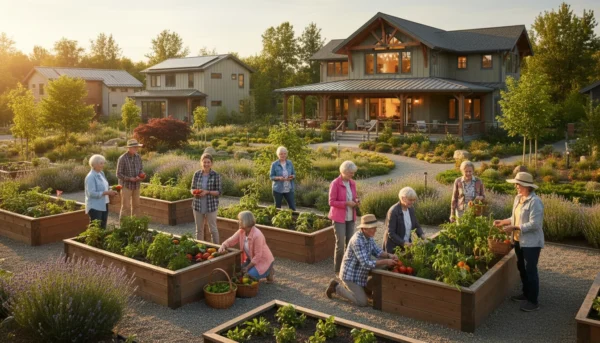
Managing Multiple Medications: A Senior’s Organizational Guide
Managing Multiple Medications: A Senior’s Organizational Guide Managing multiple medications becomes a common reality for many seniors. As you age, your

Managing Multiple Medications: A Senior’s Organizational Guide Managing multiple medications becomes a common reality for many seniors. As you age, your

How to Transition from Full-Time Work to Part-Time Retirement Transitioning from a full-time career to part-time retirement, often called phased retirement

The Pros and Cons of Age-Restricted Communities As you navigate the exciting landscape of retirement, you likely consider many avenues for

Senior Fitness Classes You Can Take Online (Many Are Free) Staying active remains incredibly important as you age. Regular physical activity

How to Negotiate Medical Bills After Retirement As you navigate retirement on a fixed income, managing healthcare costs becomes a significant

Adaptive Gardening Tools Every Senior Gardener Needs Gardening offers so much more than beautiful blooms and fresh produce. It provides a

Understanding Your Pension Options: Lump Sum vs. Annuity As you approach retirement, or if you already enjoy your golden years, decisions

How to Start a Grandparenting Blog in Your 60s Grandparenting is a unique and enriching stage of life, filled with joy,

The Complete Guide to Senior Co-Housing Communities Retirement offers a remarkable opportunity to redefine how you live, connect, and thrive. You